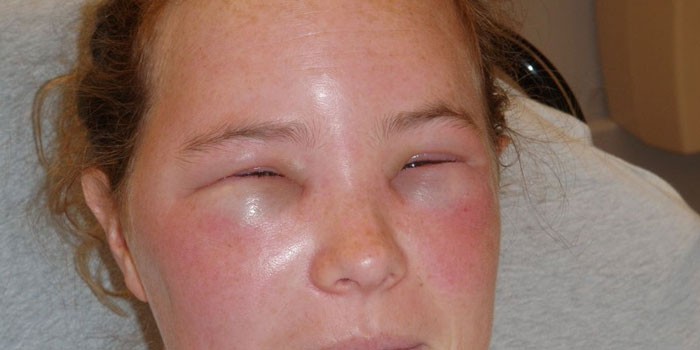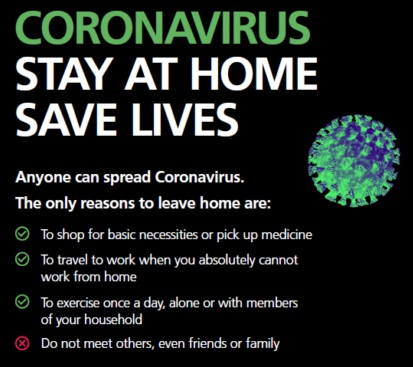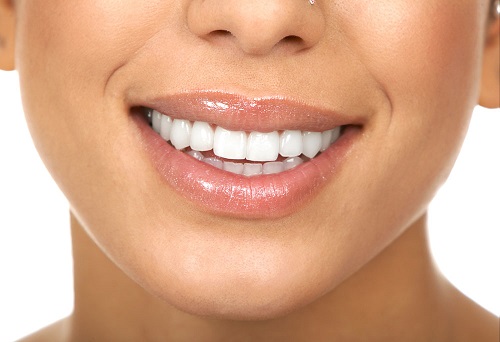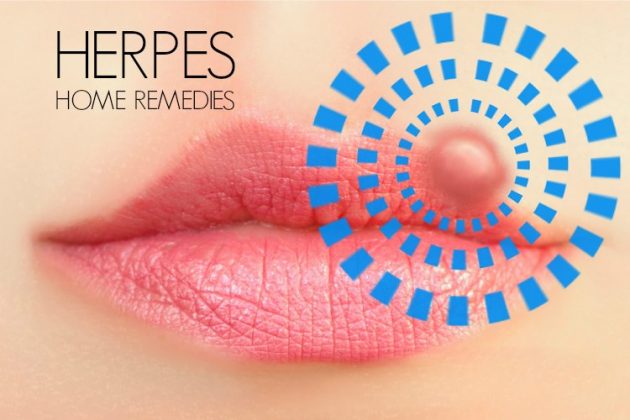Content
- What is Quincke’s edema
- The first symptoms of Quincke’s edema
- Quincke’s edema – symptoms and treatment in children
- Quincke’s edema – symptoms and treatment in adults
- How to treat Quincke’s edema
- First aid for Quincke’s edema
- Quincke’s edema – treatment at home
- Quincke’s edema – treatment with folk remedies
An allergic reaction like Quincke’s edema is characterized by rapid development. The first symptoms of the disease appear only a few minutes after the contact of human cells with the antigen. Delayed treatment of the syndrome can lead to serious consequences, in order to avoid which it is worth reading the following material.
What is Quincke’s edema
The impact of certain chemical and biological factors on the body can trigger the development of allergies. In this case, Quincke’s edema, or angioedema, is considered the most dangerous manifestation of the immune response. The reason for this is a high risk of damage to the brain, larynx. Experts, answering the question, Quincke’s edema – what is it, as a rule, trying to give an exhaustive answer. As a result, the patient receives very voluminous information with a great variety of complex medical terms. Meanwhile, with a simpler explanation of this phenomenon, the reader can read further.
Quincke’s syndrome occurs due to contact of a sensitized (sensitive) organism with an allergen. In this case, edema develops due to an increase in vascular permeability, which is accompanied by the release of a large amount of fluid into the intercellular space.
Actually, this determines the increase in different parts of the patient’s body.
The first symptoms of Quincke’s edema
Signs of an early manifestation of allergies are considered to be swelling of the mucous epithelium, tingling in any part of the body. At the same time, referring to the topic “Quincke’s Edema – Symptoms”, specialists stipulate that for each type of this ailment some special features are characteristic. Given this fact, doctors, in addition to the allergic nature of the disease, also distinguish a hereditary and acquired reaction to biological or chemical factors. Depending on the presence of a certain type of disease in a person, signs of Quincke’s edema may have the following character:
Clinical picture
(diagnostic parameters)
Type of edema
Allergic
Inherited / Acquired
The beginning of the reaction and its duration
Develops in 5-20 minutes. Coming off in a few days.
It occurs within 2-3 hours. Disappears in a few days.
Localization
For the most part, edema affects the neck, face, limbs, genitals.
Develops in any part of the body..
Edema characteristic
Pale or slightly red dense swelling that does not form after fossa pressure.
Pale intense edema, after pressing on which there is no fossa.
Features
Accompanied by urticaria, itching.
Not accompanied by urticaria.
Quincke’s edema – symptoms and treatment in children
To date, the number of small patients hospitalized due to a severe allergic reaction significantly exceeds the number of adult patients. This fact is due to the poor environmental situation and modern views of parents who advocate early weaning of the baby, the use of all kinds of chemicals for children’s hygiene.
Quincke’s edema in children, as a rule, is manifested by swelling of the face, lips, genitals, feet and is not accompanied by urticaria. The most dangerous consequence of an allergy is the spread of the syndrome to the larynx. At the same time, the child has difficulty speaking, a sore throat. Subsequent rapid progression of edema can lead to the most serious conditions requiring emergency medical care. Less serious manifestations of the disease are eliminated at home through the use of antihistamines in the form of injections or tablets..

Quincke’s edema – symptoms and treatment in adults
The nature of the clinical manifestations of the disease does not depend on the age of the person suffering from allergies. In adult patients, symptoms are completely identical to the signs of the disease in children. Meanwhile, it should be noted that in each specific case history, the syndrome develops due to various reasons that are identified through laboratory tests. In addition, developing the topic “Quincke Allergic Edema – Symptoms in Adults”, it is important to say that the competent part of the population often experiences symptoms of abdominal syndrome:
- indomitable vomiting;
- sharp pain in the abdomen;
- diarrhea.
Treatment of Quincke’s edema in adults is somewhat different from the therapeutic measures used to develop the disease in children. The difference lies in the use of drugs with a higher frequency and dosage. In a situation where the swelling is progressing, an ambulance should be called. Before the arrival of specialists, you need to inject a person with an injection of prednisone or dexamethasone, put an antihistamine under his tongue.
How to treat Quincke’s edema
From the point of view of medicine, it is somewhat absurd to believe that you can cope with this ailment without the intervention of specialists. Nevertheless, the frequency of the search query “Treatment, Quincke’s edema” proves the opposite. The population relies more on their own brains than on doctors. As a result of this, it is necessary to say that in severe cases of allergies (when the throat swells), it is vitally important for a person to receive medical care in a timely manner. Ignoring this fact is fraught with serious consequences. In general, therapy for Quincke edema may be accompanied by:
- The use of medicines in the form of antihistamines, hormonal drugs, diuretics, vitamins.
- The use of folk remedies;
- Surgical intervention – tracheostomy.
First aid for Quincke’s edema
As a rule, allergy sufferers have a clear idea of how to stop the syndrome. Self – or mutual assistance with Quincke’s edema consists in taking antihistamines. If there is a progress in pathology, then the patient must be taken to the nearest medical institution. In addition, in medical directories there are entire sections devoted to the topic “Quincke’s edema – emergency care”. However, only such an ambulance or hospital personnel can perform such a complex algorithm of actions. About what other actions should be taken before the arrival of doctors, you can find out below:
- Stop contact with allergen.
- Release the patient’s chest and neck from tightening clothing and jewelry..
- In the absence of antihistamines, it is necessary to pour 2-3 drops of Naphthyzinum into the mouth of an adult or child.
- Perform artificial respiration if the patient faints.
Quincke’s edema – treatment at home
In a situation where an allergy has affected a small part of the body that is remote from the head, you can try to stop the syndrome in your own walls. Experts, answering the question of how to remove Quincke’s edema at home, advise patients to take a warm bath with infusion of kelp at the first manifestations of the ailment. Against the background of the beneficial effects of this algae on skin receptors, edema passes within a couple of hours. At the same time, in order to prevent exacerbation of pathology, patients are advised to adhere to a special diet that excludes basic allergens from the diet.
Quincke’s edema – treatment with folk remedies
The experience of the older generation has repeatedly helped to cope with the most serious ailments. Folk remedies in the section “Quincke’s edema, help” contain a large number of recipes with which you can quickly stop the syndrome. Nevertheless, before using any product, it is mandatory to check its components for allergenicity. Among the most effective folk methods for eliminating Quincke’s edema are:
- Milk with soda. A well-known remedy for sore throat can also be used to relieve allergy symptoms. Need to be added to a glass of warm milk? tsp soda. Drinking a healthy drink is recommended throughout the day. Continue treatment until the swelling subsides and the patient looks better.
- Nettle infusion. 100 grams of dry grass should be poured with a glass of boiling water and left under the lid in a dark place for 2 hours. The finished product must be filtered. To use infusion should be? glasses three times a day until the swelling disappears completely.
Similar articles
- Symptoms and treatment of urethritis at home. Signs of urethritis in women, men and children
- Sinusitis – symptoms and treatment at home. Sinusitis in adults and children
- Pityriasis versicolor – in humans, causes of occurrence, photo. Treatment of pityriasis versicolor at home with drugs and folk remedies













